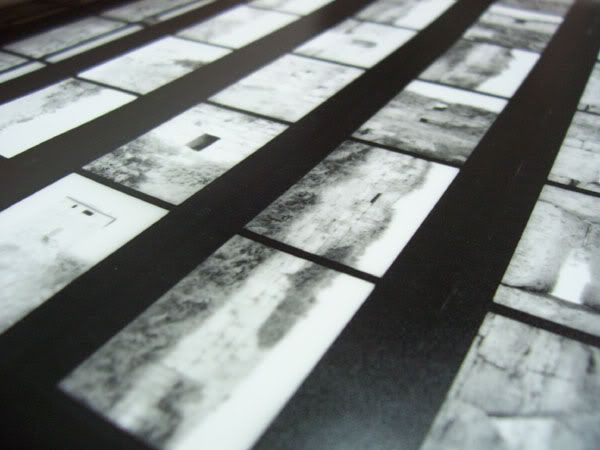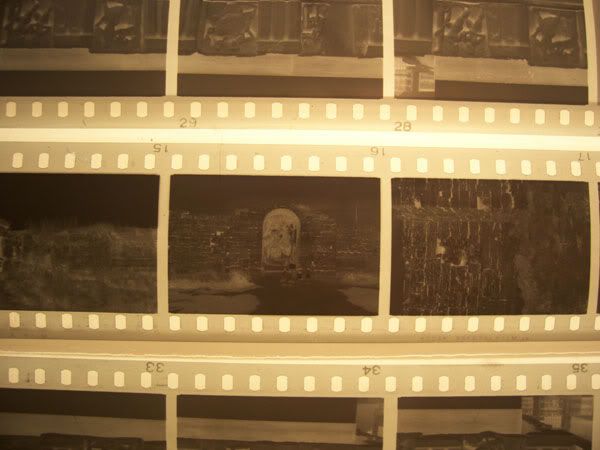Perhaps the most striking development accompanying the emergence of the Greek city-state (ca. 1200-480 B.C.) was the appearance of new urban centers whose form, contents and construction provided the most visible and effective means of creating, reinforcing and symbolizing the social, political and economic relationships that characterized the new “polis” system.
Excavations at the site of Azoria (Kavousi – Ierapetra) conducted from 2002 to 2006 under the auspices of the American School of Classical Studies at Athens, brought to light an unparalleled collection of architectural data, largely unobscured by later building activities, that provides one of the best opportunities to study the architectural correlates of state formation and early urbanization in the Greek world. On Wednesday, March 9th at 7:30 pm Professor Rodney Fitzsimons (Associate Professor, Department of Ancient History and Classics, Trent University) will give an illustrated lecture on this fascinating topic to the Friends of the Canadian Institute in Greece. His lecture is entitled, “Making an Archaic City: The Social, Political and Architectural Correlates of Urbanization at Azoria, East Crete”.
Book of the Blog
The various digital technologies are found in almost every aspect of contemporary life. It should be no surprise, therefore, that they are increasing omnipresent in archaeology, especially in the areas of analysis, synthesis, interpretation and reconstruction. These technologies permit a level of interactivity, whether psychical or virtual, not possible before. Thus, they enable archaeologists and historians “to push the edge of the envelope” in the interpretation and reconstruction of the past.
One of the international forums for the exchange of information, best practice and new approaches is the annual international conference organized by Computer Applications and Quantitative Methods in Archaeology (CAA). Their last conference was held in March, 2009 in Colonial Williamsburg in Virginia. Forty eight of the innovative papers were promptly published in
Making History Interactive, edited by B. Frischer, J.W. Crawford and D. Koller (BAR International Series 2079, Oxford, 2010). The range of topics and approaches as well as cultures and chronological periods where the central theme was explored is staggering! A CD-ROM accompanies the volume to provide color imagery and tables. Almost 40% of the contributions relate in some fashion to the ancient world and the Mediterranean with topics related to reconstructing ancient Rome and Pompeii dominating. Three-dimensional reconstructions of pottery and numismatic analyses were prominent too.
This evolving field of “digital heritage” has a strong Greek component focused on the Ministry of Culture and Tourism, the Greek universities and the foreign schools and institutes. At the end of October, 2008 the Directorate of the National Archive of Monuments of the then Ministry of Culture organized a conference in Athens on this broad theme. Leif Isaksen (University of Southampton) contributed a paper at both conferences. The conference papers were published shortly afterward with the title,
Digital Heritage in the New Knowledge Environment: Shared spaces & open paths to cultural content, edited by Metaxia Tsipopoulou. There is a CD-ROM with all of the contributions in .pdf format.
Both volumes are available at the Institute to ensure that you know where the organization, the analyses and the presentation of cultural heritage in a digital environment are headed.
Cordially,
David Rupp
Director





